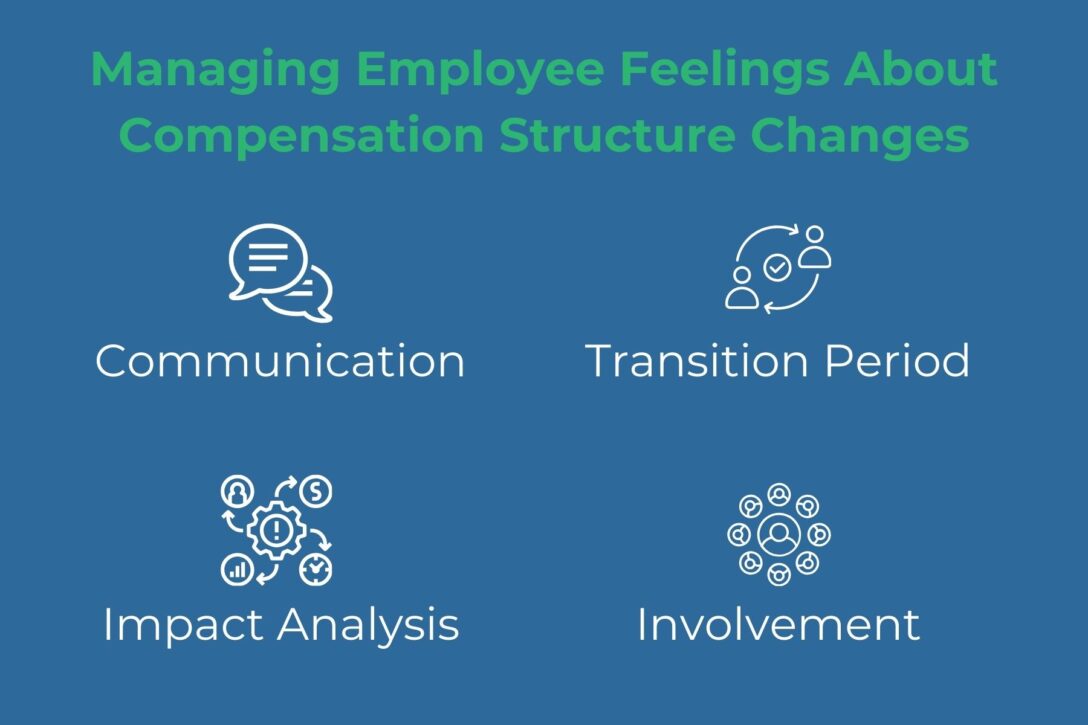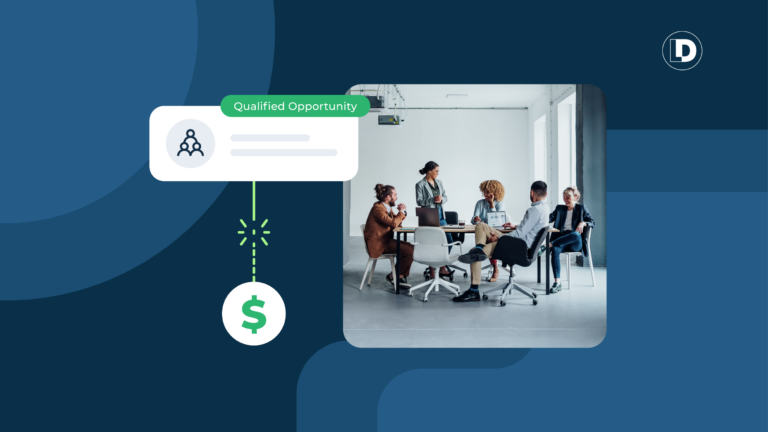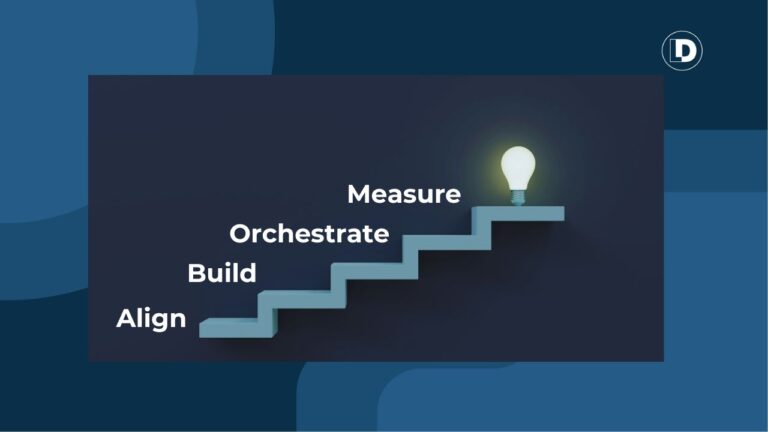A Buying Groups Motion Impacts the BDR Team
B2B sales is experiencing a seismic shift.
For high-consideration purchases with complex deal cycles, gone are the days when focusing on a single lead is sufficient. Today’s buying journey is a collective effort involving multiple stakeholders, requiring sales and marketing to take a more strategic, collaborative approach.
Enter the B2B Buying Groups motion.
As businesses embrace this transformative go-to-market (GTM) strategy, business development representatives (BDRs) find themselves at the heart of the change.
Their systems, daily workflows, and even compensation structures are being reshaped to align with this model, making their role more critical than ever.
“BDRs are commonly the first group of people who get assigned a Buying Group. So, it’s critical to get them involved early and get their buy-in into a Buying Groups go-to-market transformation.”
Natalia Kochem SaaS Growth Advisor and Director at OpFocus
Shifting BDR Responsibilities
Traditionally, BDRs have focused on qualifying individuals (MQLs) and passing them to the sales team. However, in a Buying Groups motion, BDRs must identify and engage multiple stakeholders within an account.
Rather than throwing one lead over the fence to the sales team, BDRs now pass a Buying Group with three, four, or more engaged contacts connected to one opportunity.
Key Changes in BDR Tasks
1. From Individual Leads to Buying Committees: Instead of qualifying a single lead, BDRs are now tasked with identifying a group of decision-makers who collectively influence the buying process.
2. New Focus on Personas: Success now depends on knowing who to engage. As marketing and sales teams align on target personas, the data is then shared with BDRs. This ensures outreach efforts are targeted at the right stakeholders.
3. Continuous Feedback Loop: As the deal cycle progresses, BDRs continue to add key personas who may have been missing from the initial qualified Buying Group. Finding the right contacts is no longer a one-time event, but a continuous process.
- AEs provide input on personas that influence deals.
- BDRs adjust their focus to target these personas earlier.
- Marketing refines messaging based on insights from BDRs and AEs
“In a lead-centric approach, a prospect hits an MQL threshold, then BDRs qualify, get a meeting booked, and move on. There’s not a structure in place to say, ‘Were these the right people to have been qualifying?’ In a Buying Groups approach, you redirect BDR efforts into setting meetings with the right personas. It’s all about getting the right people in the right seats.”
Natalia Kochem SaaS Growth Advisor and Director at OpFocus
Supporting BDRs with LeanData’s Buying Group Solutions
As organizations shift toward a Buying Groups approach, equipping teams with the right tools is critical. LeanData’s Buying Groups Blueprint and Buying Groups Orchestrator are designed to simplify, automate, and drive the success of a Buying Groups motion.
Buying Groups Blueprint: A Foundation for Success
Buying Groups Blueprint initiates a Buying Groups transformation by providing an in-depth analysis of your past opportunities, surfacing Buying Group members beyond those explicitly added by sales reps, delivering a more complete view of the people engaged in your historic opportunities.
In addition, Blueprint helps jumpstart your organization’s adoption of a Buying Groups motion, providing insights that guide decisions on processes, data, and technology.
Once Blueprint lays the groundwork, Buying Groups Orchestrator brings the plan to life in your CRM.
Buying Group Orchestrator: Streamlined Execution
Orchestrator keeps track of Buying Groups throughout their journey, using AI to assign roles, track engagement signals, and show a clear journey for each group member, allowing marketing and sales to work in sync.
Why It Matters for BDRs
LeanData empowers BDRs with:
- Enhanced buying committee visibility
- Improved efficiency and focus through automation
- Better collaboration across teams, providing a shared understanding of Buying Group dynamics
- Increased productivity and revenue impact

Challenges BDRs Face in Adopting a Buying Groups Motion
Adopting a Buying Groups motion introduces several complexities BDRs must navigate.
Mindset Shift
For BDRs accustomed to the simplicity of lead-based models, the transition to Buying Groups can be daunting. They may not realize these changes are a go-to-market strategy, not just one department making a change.
Resistance to change can derail adoption. Ensuring BDRs understand the why behind the strategy is essential.
Natalia Kochem, SaaS Growth Advisor and Director at OpFocus, recommends framing the Buying Groups transformation as a company-wide strategy: “This is how we win as a company. We all succeed together when we engage the right people.”
Changes to Compensation
In a lead-based GTM model, BDRs are typically compensated for scheduling one meeting with an individual lead. Therefore, compensation structures must adapt to reward BDRs for their expanded responsibilities in a Buying Groups motion. Successful models include:
- Meetings Booked with Key Personas: Compensating BDRs for setting meetings with multiple relevant stakeholders.
- Tying Compensation to Closed-Won Deals: Aligning BDR incentives with sales outcomes encourages better collaboration and focus.
Employees typically have mixed feelings when they learn their compensation structure is changing. Their reactions depend on how the changes are communicated, and the impact on an individual’s personal financial situation.
Feelings range from uncertainty to demotivation to excitement and increased trust. Employers will receive less backlash if the following elements are present:
- Clear, honest communication
- Identifying a transition period
- Sharing an impact analysis
- Involving employees in the discussion
Don’t forget that compensation has the potential to be even better because BDRs can get meetings faster by engaging the right personas.

Upskilling for Future Growth
On the bright side, BDRs aspiring to become Account Executives (AEs) will gain valuable skills in learning a Buying Groups motion. Understanding complex buying committees and tailoring their communication for varied personas prepares BDRs for higher roles.
In a Buying Groups strategy, BDRs have the opportunity to transition from cold-callers to consultants. Their role evolves into that of a “concierge,” helping stakeholders navigate their buying journey.
- BDRs Build Trust: Now positioned as helpful guides, BDRs connect prospects with the right resources.
- BDRs Foster Alignment: They act as the bridge between marketing and sales to ensure a seamless experience for the buying group.

The Future of BDRs in Buying Groups
The B2B Buying Groups motion is more than a trend—it’s the future of high-consideration B2B sales. For BDRs, this shift represents an opportunity to grow their skills, contribute more strategically, and align with how buyers want to purchase.
By adopting new processes, leveraging tools, and aligning compensation, organizations can empower their BDRs to succeed in this motion.
The result? Better-qualified opportunities, greater alignment across teams, and greater revenue.










